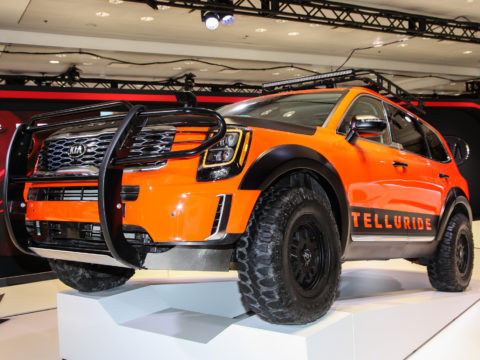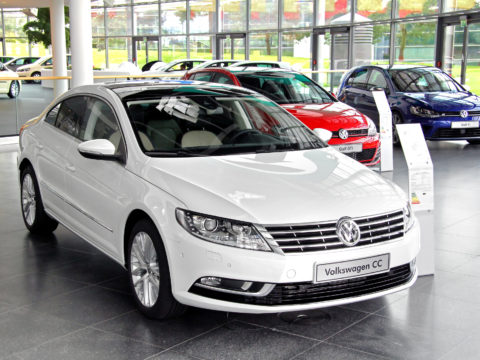When it comes to military armor, there are plenty of beliefs that have been passed around for years. While some of these ideas may seem logical, many are simply not true. In this article, we’ll take a closer look at 15 common misconceptions about military armor and uncover the facts behind them. Let’s set the record straight.
Contents
Military armor is completely bulletproof.
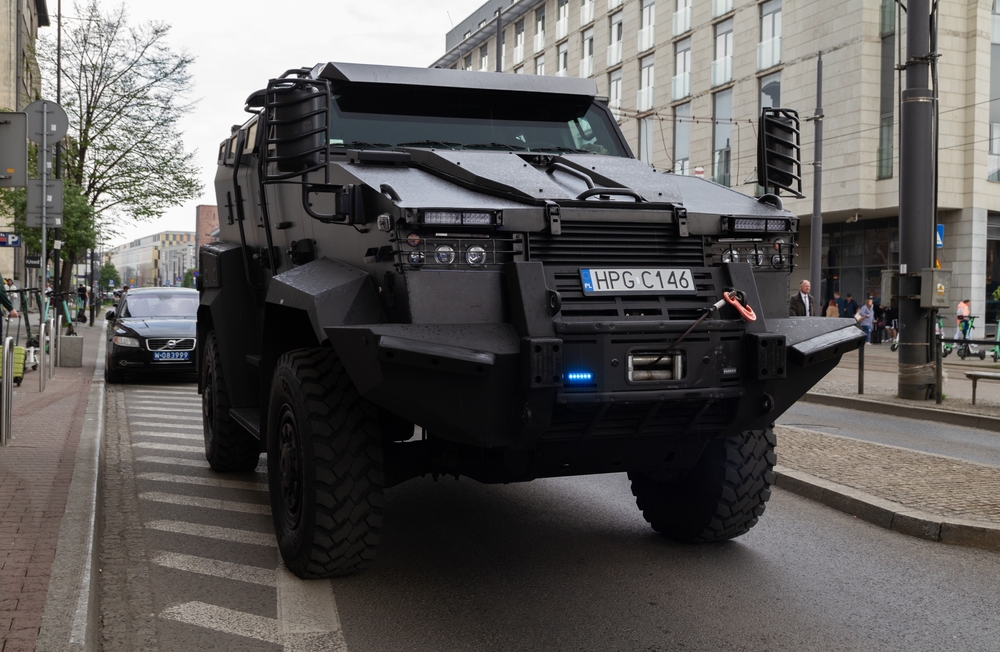
Many believe military armor is completely bulletproof, but no armor is impervious to all types of ballistic threats. Modern military armor is designed to resist specific calibers and impact types, but high-velocity rounds, armor-piercing ammunition, or sustained fire can still compromise even the toughest armor. This is why military vehicles and soldiers use a combination of materials like steel, ceramics, and composite layers to maximize protection, but there are always limitations.
All military vehicles are covered in the same type of armor.
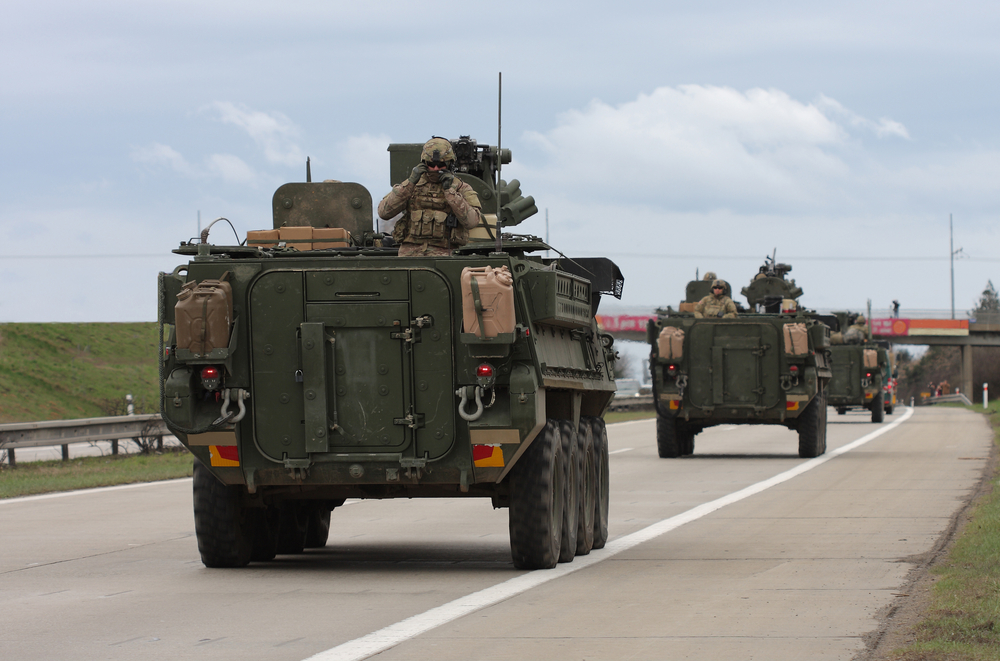
Not all military vehicles use the same type of armor. For example, a light tactical vehicle might use lighter, modular armor for mobility, while tanks use composite or reactive armor to withstand heavier attacks. The choice of armor depends on the vehicle’s intended role—whether it’s built for speed and reconnaissance or for heavy firepower and protection on the battlefield.
Heavier armor guarantees better protection.
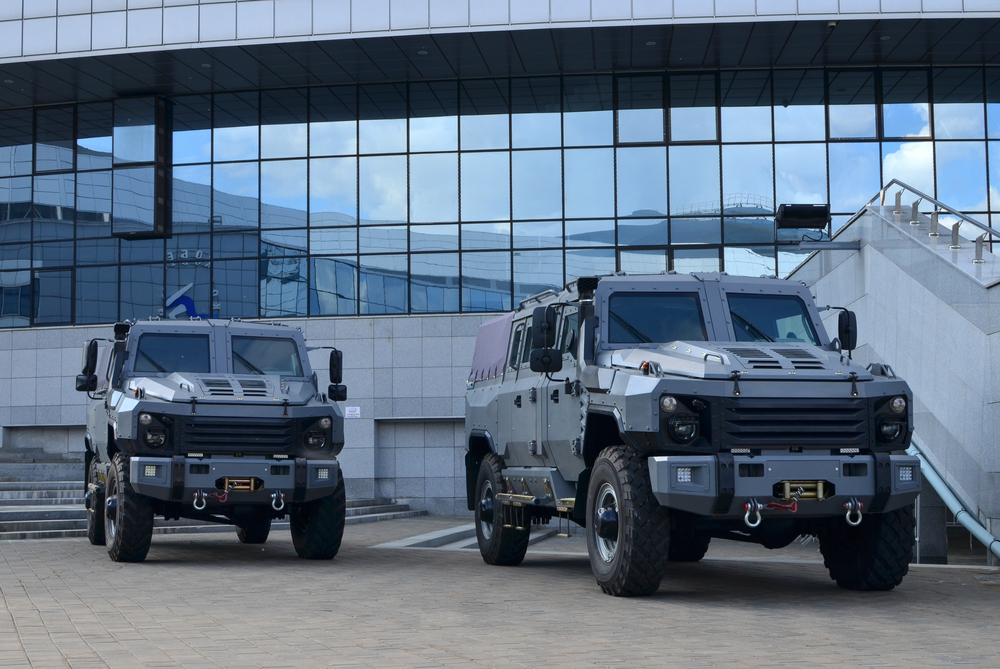
While it’s true that heavier armor often offers greater protection, it can also reduce a vehicle’s speed, maneuverability, and fuel efficiency. Modern advancements in materials have made it possible to provide the same level of protection with lighter composite and reactive armors, reducing the need for excessively heavy armor to ensure mobility in combat zones.
Military armor can stop any type of projectile.
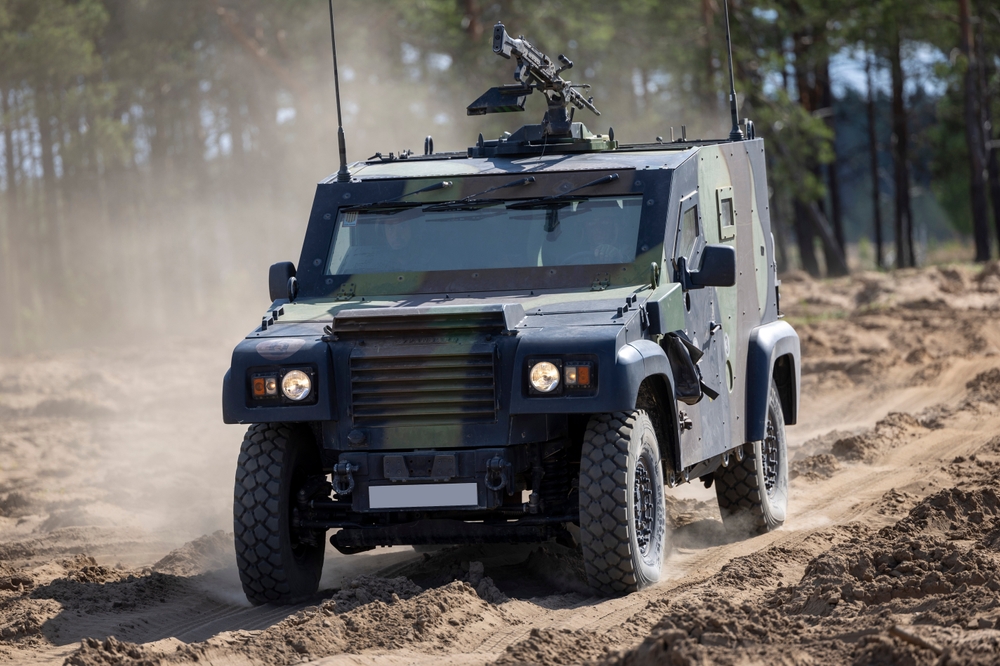
Military armor is rated to stop certain threats based on its thickness, material, and design, but it cannot stop every type of projectile. Armor-piercing rounds, anti-tank missiles, and shaped charges are specifically designed to breach even heavily armored vehicles, making it clear that no armor can withstand all threats under all conditions.
Armor doesn’t require regular maintenance.
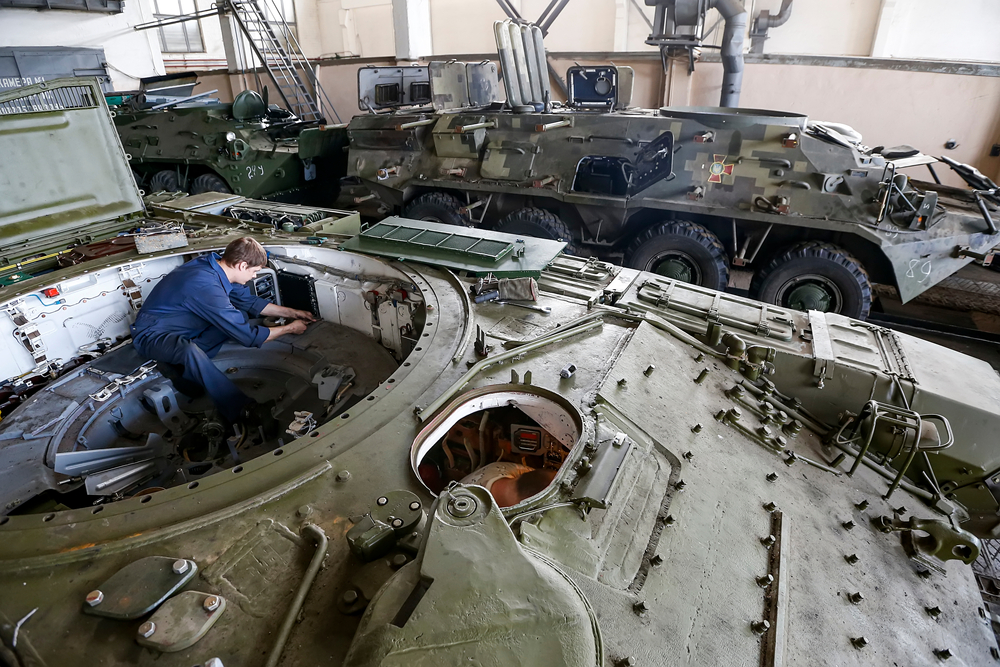
Armor, like any other component of a military vehicle, requires regular maintenance. Over time, impacts, weather conditions, and even routine use can degrade the integrity of the armor, making it less effective. Without regular checks and repairs, damaged armor panels can create vulnerabilities that enemies can exploit.
Once damaged, armor is useless.
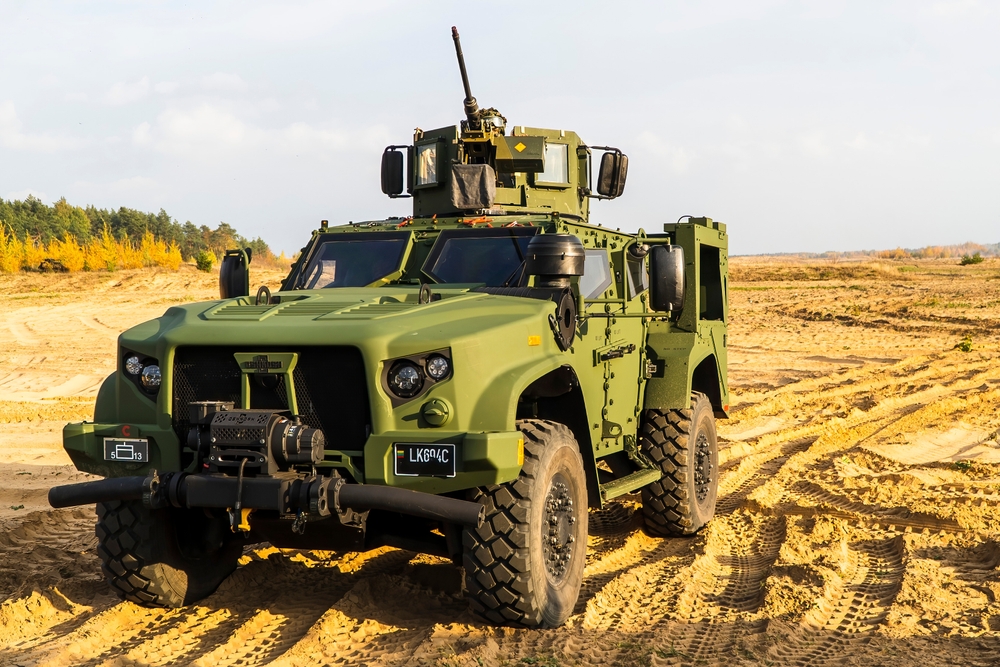
Military armor is often designed to withstand multiple impacts and still function effectively. For example, reactive armor is engineered to explode outward when hit, dispersing the impact of incoming projectiles and remaining functional after multiple strikes. Damaged sections can also be replaced or repaired in the field to ensure continued protection.
Explosive devices are ineffective against military-grade armor.
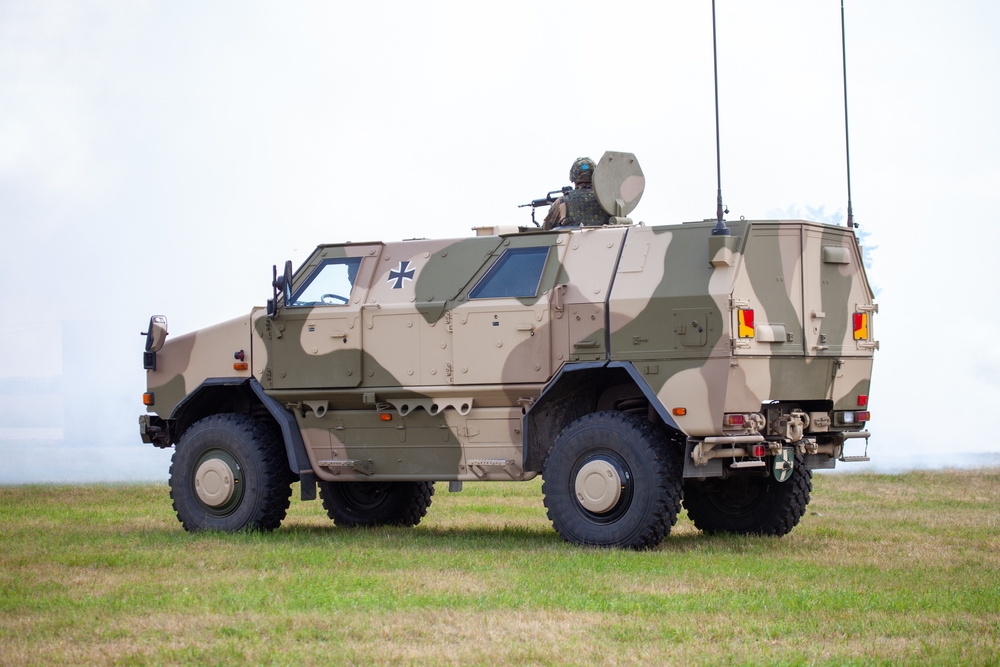
While military-grade armor offers significant protection, certain explosive devices like IEDs (Improvised Explosive Devices) can still pose a severe threat. These explosives are often designed to target vehicle weaknesses, like the undercarriage, where the armor is thinnest, or use shaped charges that concentrate explosive force in a small area to penetrate armor.
All military armor is made from metal.
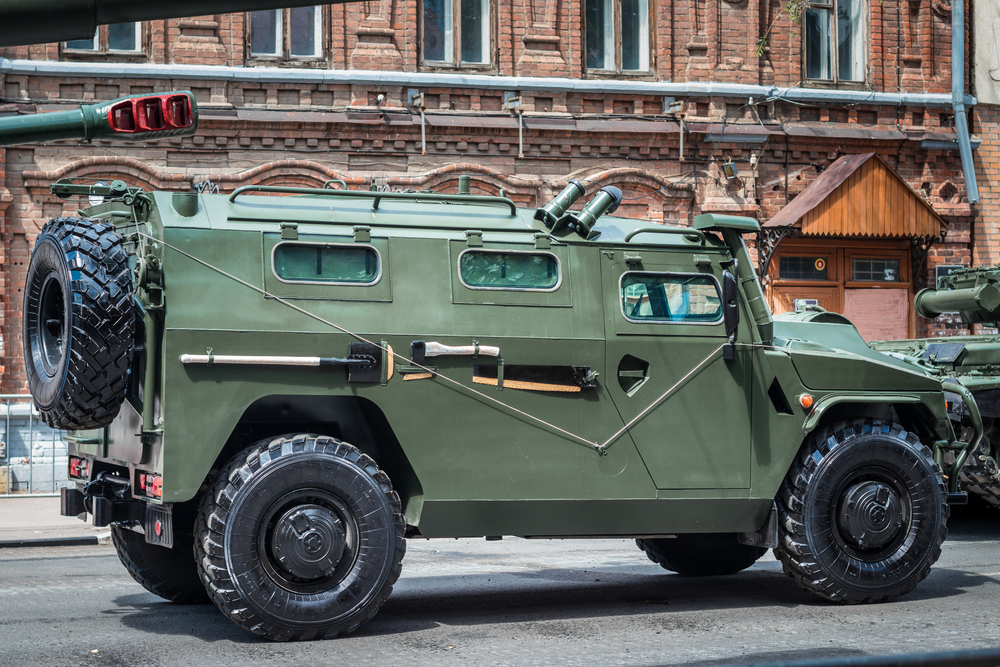
While early armor was primarily made from steel, modern military armor uses a combination of advanced materials like ceramics, Kevlar, and composites. These materials offer greater flexibility, lighter weight, and the ability to absorb impacts better than traditional metals alone. For example, ceramic armor can shatter upon impact, absorbing the energy of the projectile.
Tank armor is impenetrable.
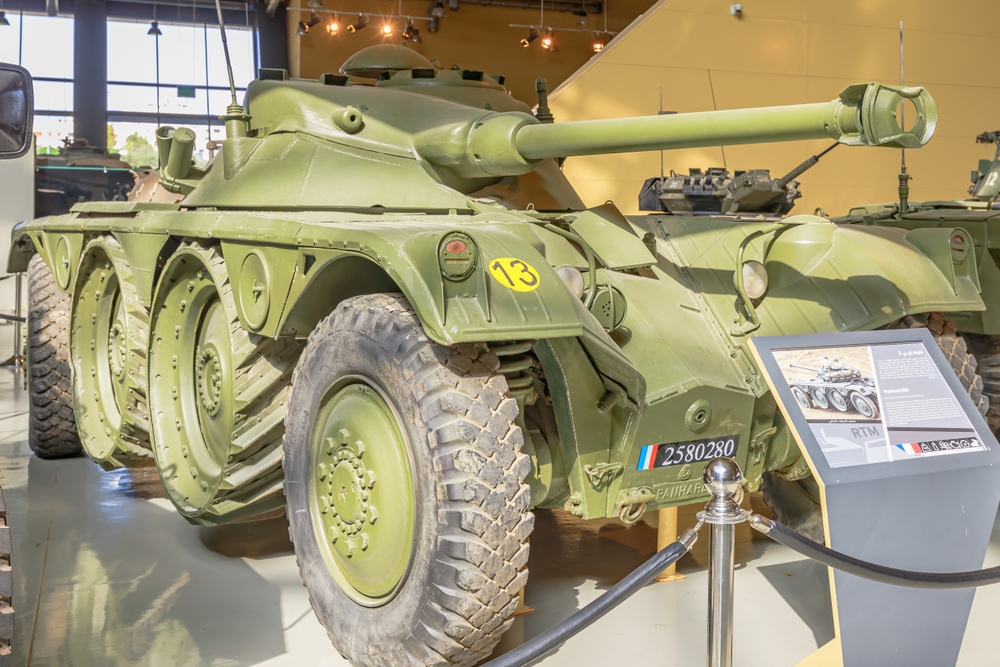
Tanks are equipped with some of the heaviest armor on the battlefield, but even their defenses have limits. Anti-tank weapons like shaped charges or kinetic energy penetrators are specifically designed to pierce tank armor. Additionally, vulnerable areas such as the rear or underbelly of tanks are more susceptible to attacks.
Armor makes military vehicles indestructible.
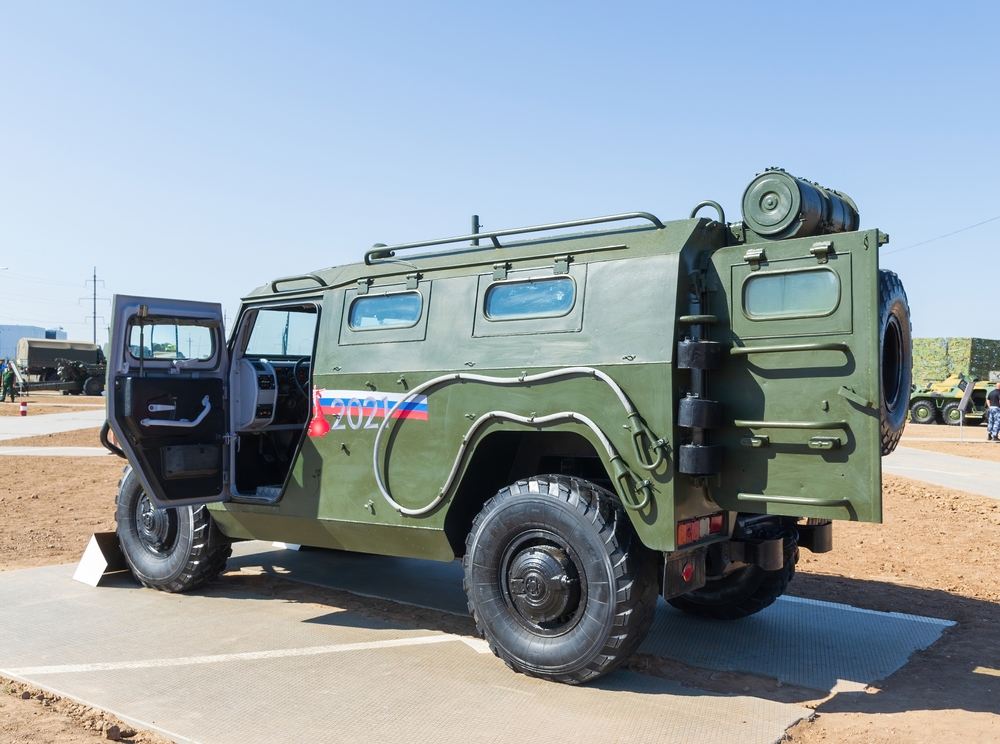
No matter how advanced, armor can’t make military vehicles indestructible. While it can protect against many threats, factors like explosives, sustained fire, and precision strikes can still disable or destroy even the best-armored vehicles. Modern warfare often involves weapons designed to target these weaknesses.
Soldier body armor can stop all types of gunfire.
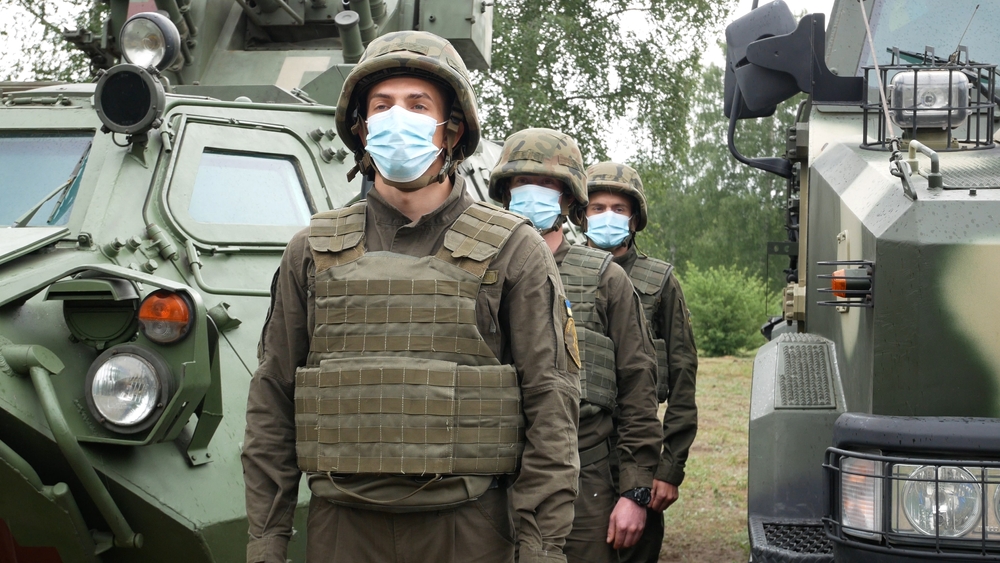
Soldier body armor is rated for specific types of ballistic threats, typically stopping small arms fire, but it cannot protect against higher-caliber rounds, such as those from sniper rifles or armor-piercing ammunition. Moreover, certain body armor configurations prioritize mobility over protection, leaving areas like limbs exposed.
Military armor is too heavy for rapid movement.

While military armor does add weight, modern designs aim to strike a balance between protection and mobility. Materials like Kevlar and ceramic composites offer substantial protection without adding excessive weight, allowing soldiers and vehicles to remain agile in combat situations.
Armor doesn’t degrade over time.
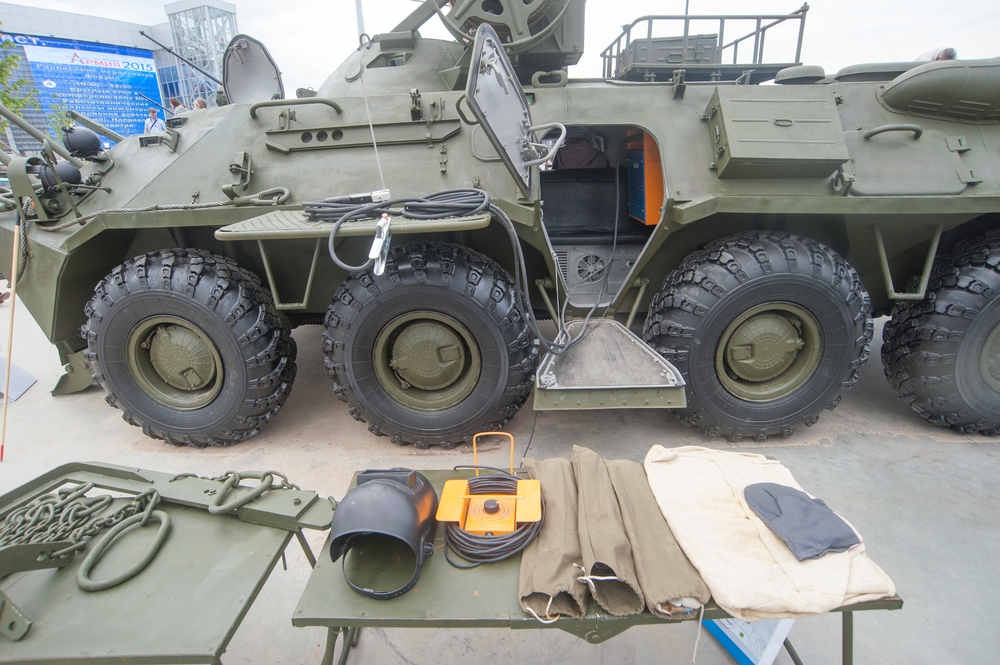
Like any material exposed to harsh conditions, armor degrades over time due to environmental factors like extreme heat, moisture, and repeated impacts. Regular maintenance is necessary to ensure that armor retains its protective capabilities throughout its service life.
All military vehicles need to be heavily armored.

Heavily armored vehicles are crucial in direct combat, but not every military vehicle requires such protection. Lightweight vehicles used for reconnaissance or transport prioritize speed and stealth over armor, allowing them to complete their missions effectively without the burden of heavy armor.
Armor can’t be pierced by modern anti-armor weapons.
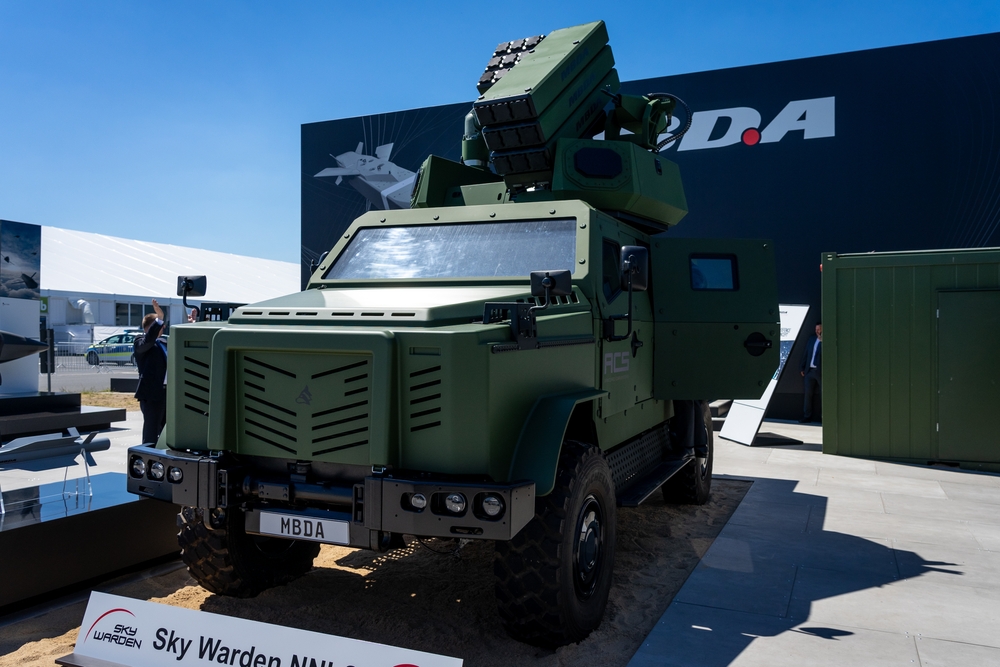
Modern anti-armor weapons, such as shaped charges and kinetic penetrators, are specifically designed to pierce armor. They focus explosive energy on a small point or use high-velocity projectiles to break through even the thickest armor, proving that no armor is invulnerable.
This article originally appeared in MyCarMakesNoise.
More from MyCarMakesNoise
20 Wallet-Friendly Off-Roaders Built for Tough Terrain

You don’t have to break the bank to get a capable off-roader. Many affordable vehicles offer excellent off-road performance and can tackle challenging terrains with ease. Here are some affordable off-roaders that can conquer any terrain, providing adventure without a hefty price tag. Read More
20 Key Factors That Impact Your Car`s Resale Value

When it comes to selling your car, several factors can significantly impact its resale value. Understanding these can help you get the best price when it’s time to sell. Read More
15 Little-Known Details About Classic Harley-Davidsons

Harley-Davidson is a name synonymous with American motorcycles, but even the most dedicated fans might not know all the details about these iconic bikes. From hidden design innovations to lesser-known historical facts, there’s much more to Harley-Davidson than meets the eye. Read More

